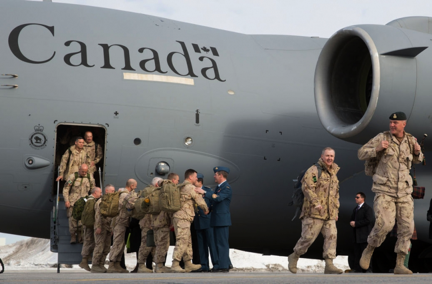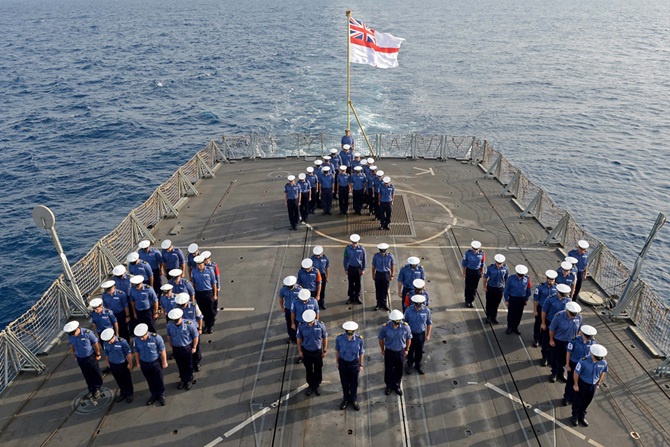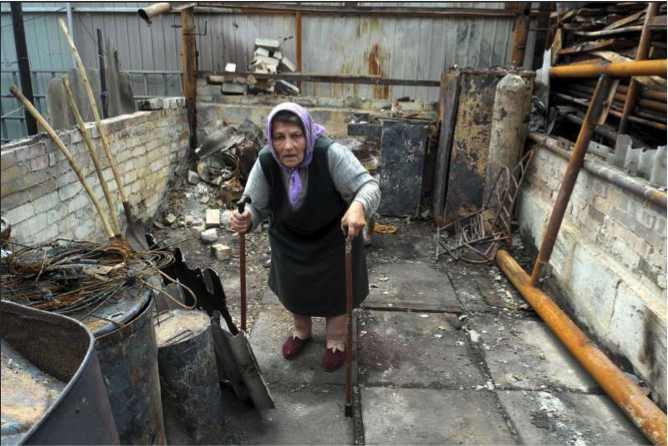Kelly Rahardja: It’s Time For Canada To Step Up Its Game
Program Editor, A View From Ukraine
Any country that identifies itself as a NATO member should be willing to share the burden of defence spending, including Canada. Unlike the United States and the United Kingdom, Canada has never met NATO’s defence spending target of 2% of a member country’s GDP. Of course, each country is unique in terms of its geography, population needs, and economy. Two percent of GDP can vary wildly between countries, and a state might choose to allocate its resources to other areas outside of defence.
However, Canada is an important part of NATO. Along with the U.S., it represents North America and has one of the strongest economies in the world. With a new government taking office, now is the time for Canada to reassert its position in the Alliance.
Although Canada may not invest as much in defence spending as other states, increasing support for NATO operations is a diplomatic gesture that demonstrates its willingness to stand by allies. To shirk this responsibility might mean risking a worsening relationship with its most vital allies and tarnishing the credibility of Canada’s future commitments to other nations.
Ian Goertz: The Domestic and International Benefits of NATO Operations
Program Editor, Canada’s NATO
I think there is a certain irony to this question, which is that Canada does not have the capability to truly “relieve” the burden of its allies in NATO. However, with that being said, Canada should increase its support, largely because it is a mutually beneficial relationship.
NATO operations have consistently provided strong training, opportunities for interoperability, and the ability for Canadians to share their expertise with the Alliance. A great example of how these operations give the Canadian Armed Forces (CAF) a platform to foster cooperation and strength is the TJ15 exercise, which is running in conjunction with the CAF JOINTEX exercise. This has been an excellent partnership that has given CAF a greater role in the Alliance.
In conjunction, the same funding that would go to meeting the 2% spending commitment could help create infrastructure and communications networks, as well as improve armed forces response capabilities and armed forces equipment. This does not exclusively benefit NATO; it allows Canada to better respond to internal crises, natural disasters, patrol the northern arctic, and perform a host of operations that are difficult to sustain in a country as large as Canada.
NATO operations offer a lot to Canada: the chance to increase funding and better equip the CAF in order to face myriad challenges across Canada and abroad. It is time to approach the relationship to NATO as mutually beneficial to domestic and international security requirements.
Jonas Becker: Fiscal Shortcomings and Capability Gaps
Program Editor, Procurement
At this point in time, Canada is falling well short of its NATO commitments. In 2014, our defence spending amounted to a paltry 1.0% of GDP, just half of the 2% that NATO recommends. Former Prime Minister Stephen Harper has argued that fiscal numbers alone are not always the best measurement for military contributions. While this point has some merit, Canada’s strategy has attempted to maintain good relations with fellow NATO member states by merely upping the ante of its deployments, and not looking to the long-term sustainability of our NATO and national capabilities.
In the past five years, the Canadian Armed Forces (CAF) have taken leading roles in NATO deployments, as in Afghanistan, anti-piracy operations off of Somalia, military deployments to Eastern Europe, and training of local assets in Iraq. Attempting to replace fiscal commitments with an increased tempo of military deployments has begun to take its toll on the operational capacity of the CAF. At some point in the future, operational stress will result in the CAF being unable to take part in NATO deployments.
Solutions start at home. The Canada First Defence Strategy (CFDS), introduced in 2006 but largely crippled by the 2008 global recession, offered stable 2% per annum budget increases in funding to the CAF. This would enable the CAF to retain operational capacity and make modest modernization improvements. In turn, this would allow continued contribution to NATO military deployments and eventual increases to Canada’s bulk funding to NATO as well. While the CFDS has largely been scrapped, a new fiscal strategy is required to ensure that Canada will remain ready.
Michael Kang: Quality Not Quantity
Research Analyst Intern
Increased instability in Eastern Europe and the Middle East in recent times has led NATO to call for military contributions of 2% of GDP from member states and the formation of a rapid response brigade to bolster the alliance’s capabilities in Eastern Europe. The circumstances bring to mind the old adage about whether its quality over quantity, when thinking about the direction of Canadian policy.
At the NATO Wales Summit in 2014, the previous Harper government took a reluctant position, shying away from general military spending targets and preferring spending based on an operational basis. The 2% spending target is a long distance away from Canada´s current 1%, but is not completely representative of Canadian contributions. The Canadian press found that overseas military missions in Afghanistan and Libya were funded outside of the National Defence budget, meaning total military spending was not properly represented by the budget.
At the same time, there have been large portions of approved funding that were left unspent during the Harper budget-balancing mission. Clearly, there is room for more efficient management of military funds and spending, which could increase Canada´s contribution without doubling spending. Spending on interoperable military equipment and strategic troop contributions to operations could also increase contributions without the large hike in spending.
Canada is not alone in its hesitancy to meet the 2% GDP contribution, with only four of 28 members doing so, but that does not excuse the chance to play a more useful international role. That said, Canada can find other ways to increase support for NATO operations without compromising quality for quantity.




